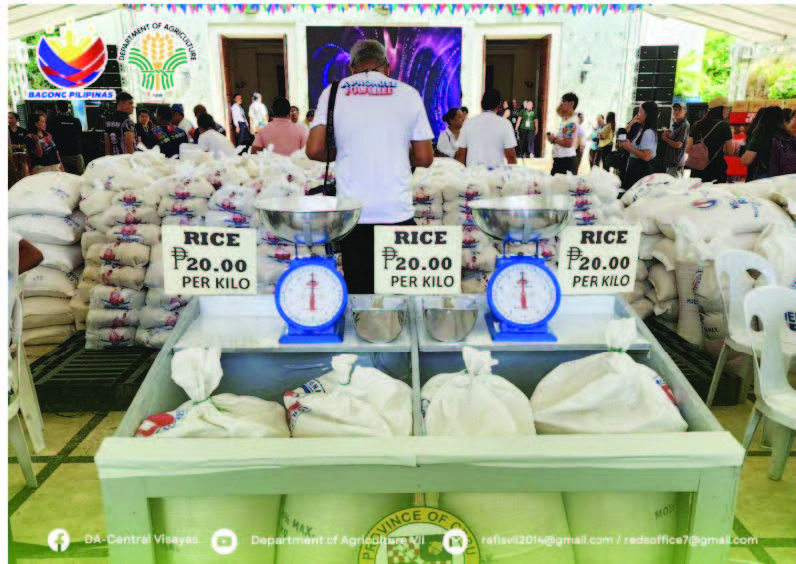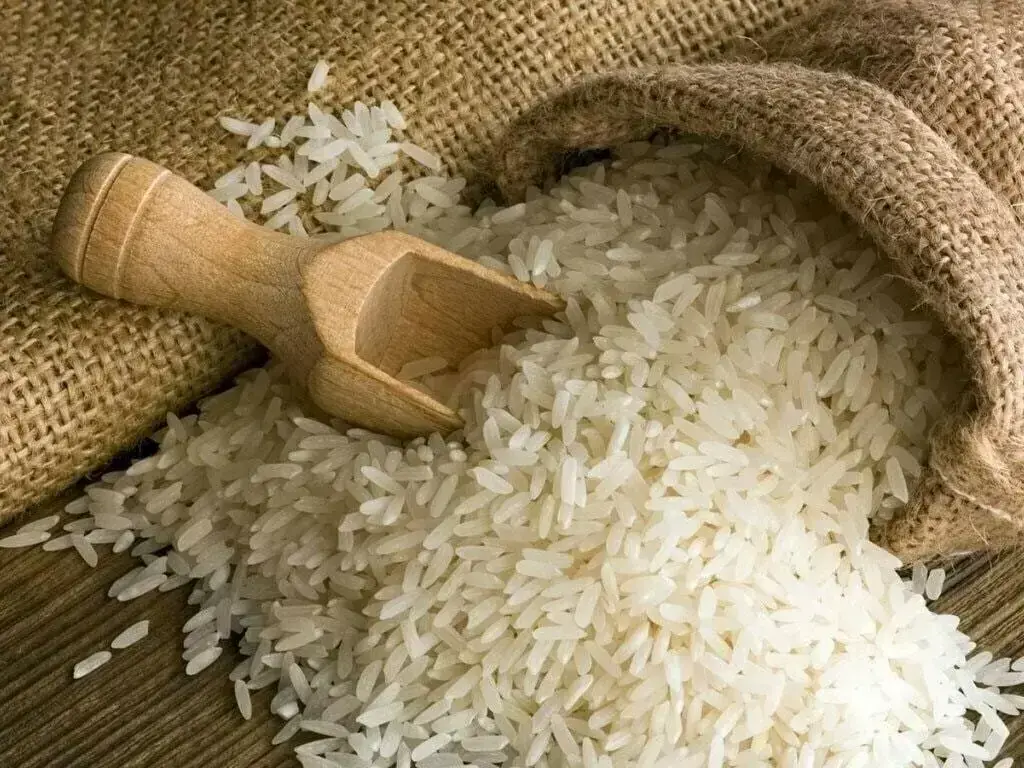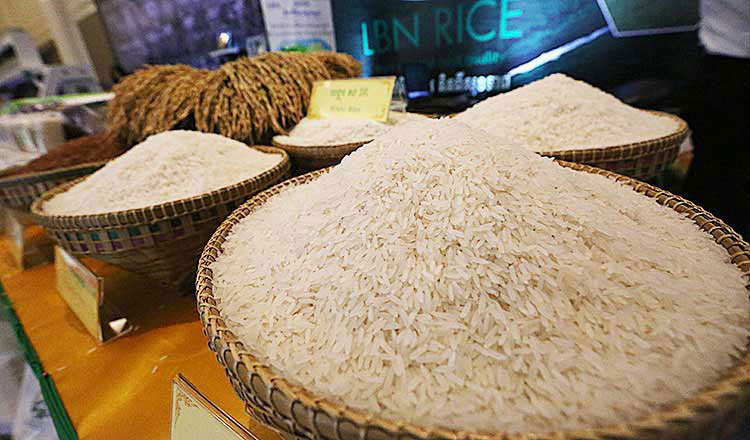Tags
₱20 rice: from campaign promise to reality on the table
By Judith Albano

Critics called it impossible. Skeptics dismissed it as mere campaign rhetoric. Yet today, Filipino families are bringing home quality rice at ₱20 per kilogram—proof that the Marcos administration has transformed what many considered an unrealistic election promise into tangible relief for millions of households.
The ₱20 rice program represents one of the most ambitious food security initiatives in Philippine history, defying conventional wisdom about government intervention in agricultural markets while providing high-quality rice to vulnerable Filipino households and supporting local farmers.
From promise to implementation
When President Marcos promised ₱20 rice during the campaign, economists warned it was fiscally impossible. Agricultural experts questioned the sustainability. Political observers labeled it populist rhetoric designed to win votes.
Many said it couldn’t be done. But the administration moved methodically from promise to pilot, launching implementation in early 2025 with the Visayas region as the testing ground.
The program targets indigents, senior citizens, solo parents, persons with disabilities, and minimum wage earners. Eligible beneficiaries can purchase up to 30 kilograms per month at the subsidized price—a stark contrast to already-lowered market rates of ₱32-₱33 per kilogram.
The program operates through KADIWA ng Pangulo centers and local government units, with distribution models providing 5 to 10 kilos per family per week. Plans call for nationwide expansion to reach up to 2 million low-income households by the end of 2025.
Balancing consumer and farmer welfare
The program’s sustainability stems from its dual approach to market intervention. The National Food Authority procures palay directly from local farmers at above-market prices (₱23-₱24 per kilo), ensuring farmers receive fair compensation above their production costs.
This procurement strategy addresses a critical challenge: preventing the ₱20 retail price from depressing farmgate prices that could harm farmer incomes. Agriculture Secretary Francisco Tiu Laurel Jr. specifically instructed NFA managers to identify areas where traders exploit farmers with extremely low palay prices.
Quality assurance and standards
The program prioritizes high-quality rice to change long-standing perceptions about NFA rice. Strict quality control measures include physical inspections by warehouse staff checking smell, feel, and appearance of rice grains, supported by laboratory testing to ensure safety and quality standards.
All rice stocks undergo at least seven days of fumigation to eliminate pests, while the NFA follows a “first in, first out” inventory policy to maintain freshness. The focus on locally grown rice showcases Filipino farmers’ produce quality while supporting domestic agriculture.
Presidential commitment
President Marcos has publicly committed to sustaining the program until the end of his term in 2028, directly addressing skeptics with characteristic confidence: “Watch me sustain it, and then we will talk in May of 2028.” This wasn’t just political bravado—it was backed by concrete planning and record agricultural performance.
The administration’s confidence stems from achievements that many thought impossible just three years ago. The Philippines has achieved record-breaking rice harvests each year under Marcos’ leadership, with domestic production reaching levels that make the ₱20 rice program not just feasible, but sustainable.
The program’s sustainability relies on record domestic rice production, with the Philippines achieving record-breaking harvests each year. Continued investments in agricultural modernization—irrigation, farm machinery, research on new rice varieties—support increased production and reduced costs.
Proving the critics rrong
The program’s early success contradicts dire predictions from experts who warned of market distortions and fiscal unsustainability. Instead, the administration demonstrated that smart government intervention could support both consumers and producers simultaneously.
Budget planning shows systematic expansion from covering the bottom 20% of the population with PHP 17 billion in 2025 to 35% in 2026 (PHP 30 billion) and 50% by 2027 (PHP 51 billion)—a trajectory that skeptics claimed would bankrupt government coffers.
What the doubters failed to account for was the administration’s comprehensive approach: record harvests reducing production costs, aggressive anti-smuggling operations stabilizing prices, and strategic procurement that supports rather than undermines farmer incomes.
Integration with agricultural policy
The program complements other agricultural initiatives including the Walang Gutom 2027 food stamp program and enhanced National Greening Program. Anti-smuggling operations protect farmers from unfair competition while stabilizing supply and prices.
The Department of Agriculture and Department of Labor and Employment are finalizing mechanisms to include minimum wage earners, linking worker welfare with agricultural support and expanding the program’s social impact.
Technology and distribution innovation
The NFA is expanding its fleet of trucks and storage capacity, including mobile delivery trucks to reach beneficiaries in remote areas without compromising rice quality. Distribution partnerships with local government units ensure efficient program implementation.
Improved logistics and storage management prevent post-harvest losses while maintaining rice quality throughout the supply chain, from procurement to final distribution to beneficiaries.
Vindication through results
The ₱20 rice program exemplifies the administration’s approach to governance: making bold promises and backing them with concrete action. What began as a campaign commitment dismissed as unrealistic has become a lifeline for millions of Filipino families.
The program operates through KADIWA ng Pangulo centers and local government units, with distribution models providing 5 to 10 kilos per family per week. Plans call for nationwide expansion to reach up to 2 million low-income households by the end of 2025—scaling that seemed impossible when first proposed.
President Marcos emphasized that the program’s success depends on continued increases in domestic production, positioning rice self-sufficiency as both a food security and social welfare objective. The critics who said it couldn’t be done are now witnessing its expansion across the archipelago, one subsidized kilo at a time.
https://malaya.com.ph/weekly-features/special-features/%E2%82%B120-rice-from-campaign-promise-to-reality-on-the-table/Published Date: June 30, 2025






